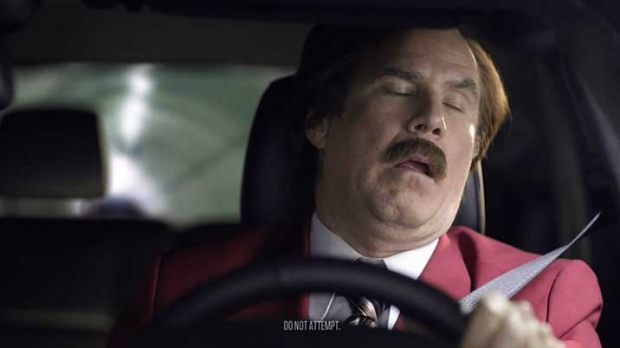Experiments of the technology in Silicon Valley that showed test users napping, putting on makeup and fiddling with their phones as the vehicles travelled up to 56 mph.
Waymo boss John Krafcik told reporters that about five years ago the company envisioned technology that could autonomously drive cars on highways as a quick way to get to the market.
Other self-driving automakers include similar autopilot features for highway-driving in vehicles, but they require drivers to take over the steering wheel in tricky situations. Waymo planned to do the same.
“What we found was pretty scary”, Krafcik said during a media tour of a Waymo testing facility. “It’s hard to take over because they have lost contextual awareness.”
Krafcik said the company determined a system that asked drivers to jump in at the sound of an alert was unsafe after seeing videos from inside self-driving cars during tests.
The company decided to focus solely on technology that didn’t require human intervention a couple of days after the napping incident, said Krafcik, who joined as CEO in 2015. It has also since argued against allowing “handoffs” between automated driving systems and people.
“Our technology takes care of all of the driving, allowing passengers to stay passengers”, the company said in a report this month.
Published in
News
Google abandoned features which gave drivers control
They were not awake enough
Google’s self-driving car unit Waymo abandoned developing features that required drivers to take control in dangerous situations because drivers tended to nod off when in auto-pilot mode and were not ready to take over.
Tagged under




